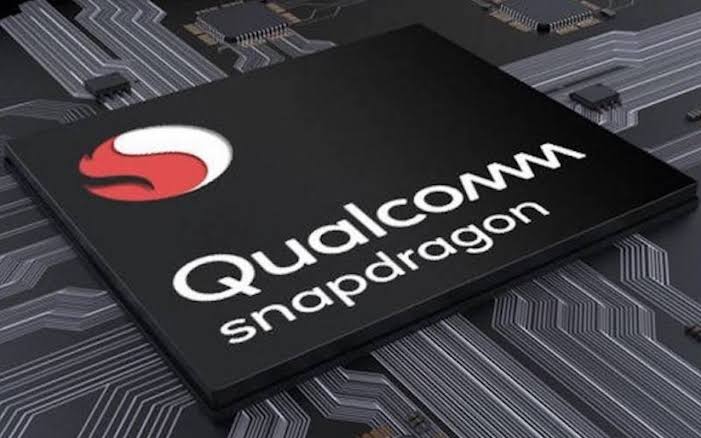
Qualcomm Snapdragon 875 will feature ARM's newest Cortex-A78 and Cortex-X1 super core
by Anil SatyanarayanaThe upcoming Qualcomm Snapdragon 875 SoC will come with ARM's latest Cortex-X1 and Cortex-A78 cores. The chip's configuration will likely consist of a single Cortex-X1 core coupled with three Cortex-A78 cores and four Cortex A-55 cores. The Snapdragon 875 will be unveiled sometime in Q4 2020, and will reportedly make its debut on a Xiaomi phone.
We're about halfway through the year, and the Qualcomm Snapdragon 875 has already begun to spring leaks. An earlier report shed some light on its GPU prowess, emphasizing little on what CPU cores it would feature. It just so happens that ARM unveiled two new CPU cores today, and both of them will debut on the Snapdragon 875.
MyDrivers stumbled upon CPU-centric information about Qualcomm's 2020 flagship. It will reportedly come with the Cortex-X1 'super' core and other high-power and efficiency cores in a 1+3+4 configuration. We're probably looking at a configuration that goes something like 1xCortex-X1 + 3xCortex-A78 + 4X Cortex-A55. MyDrivers also adds that the Cortex-X1 core will appear on Samsung's 2021 Exynos 1000 chip. That, combined with an AMD RDNA GPU, should make it a force to be reckoned with.
The Cortex-X1 'super' core is up to 30% faster than last year's Cortex-A77. Furthermore, the new Cortex-A78 cores also offer up to 20% improved performance over its predecessor. Both of these combined should give the Snapdragon 875 a much-needed performance boost to take on Apple's A-series chips. Lastly, the chip is expected to make its debut on a Xiaomi device. It is a bit of a surprise because Qualcomm flagships usually make their debut on Samsung Galaxy S phones.
The Qualcomm Snapdragon 875 is also rumored to be the company's first 5nm offering. It will come with the company's X60 5G modem that is compatible with both mmWave and sub-6GHz 5G networks. If Qualcomm keeps up with its annual release schedule, we can expect to see the Snapdragon 875 sometime in December.
Source(s)
via Gizchina